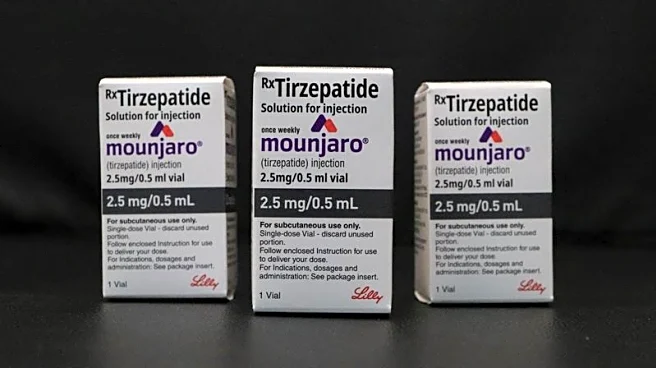Rapid Read • 8 min read
Superluminal Medicines has announced a collaboration with Eli Lilly and Company to advance small molecule therapeutics targeting G protein-coupled receptors (GPCRs) relevant to cardiometabolic diseases and obesity. This partnership will utilize Superluminal's structure-based drug discovery platform, which integrates AI/ML, protein dynamics, and structural biology, alongside Lilly's expertise in small molecule development and commercialization. The collaboration aims to address the global burden of cardiometabolic diseases by developing next-generation medicines. Superluminal will receive up to $1.3 billion, including upfront payments, equity investment, development and commercial milestones, and tiered royalties on net sales.
AD
The collaboration between Superluminal Medicines and Eli Lilly is significant as it targets the development of therapeutics for cardiometabolic diseases and obesity, which are major health challenges globally. By leveraging advanced AI and machine learning technologies, the partnership aims to overcome the complexities associated with GPCR targets, potentially leading to breakthroughs in treatment options. This could result in improved health outcomes for patients suffering from these conditions, offering new hope for effective management and treatment. The financial backing and expertise from Eli Lilly further underscore the potential impact and importance of this collaboration in the pharmaceutical industry.
Superluminal Medicines will apply its proprietary platform to discover and optimize small-molecule therapeutics for GPCR targets. Eli Lilly will have exclusive rights to develop and commercialize the compounds once Superluminal delivers development candidates that meet predefined criteria. The collaboration is expected to advance Superluminal's internal drug candidate targeting rare genetic forms of obesity and hypothalamic obesity, with clinical trials anticipated to begin in 2026. Stakeholders in the pharmaceutical industry will likely monitor the progress of this collaboration closely, given its potential to introduce novel treatments for challenging health conditions.
The integration of AI/ML with structural biology in drug discovery represents a significant shift towards more precise and efficient therapeutic development. This collaboration highlights the growing importance of computational solutions in addressing complex biological targets, potentially setting a precedent for future partnerships in the industry. The focus on GPCR targets, known for their structural complexity, could lead to advancements in understanding and treating other diseases beyond cardiometabolic conditions, broadening the scope of impact.
AD
More Stories You Might Enjoy











